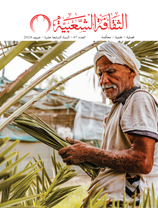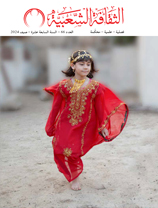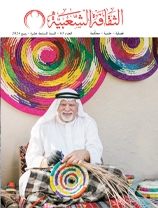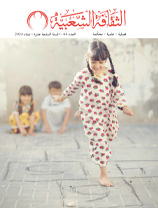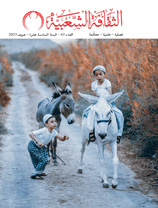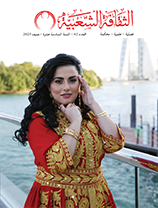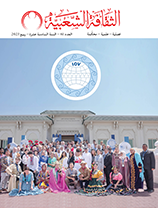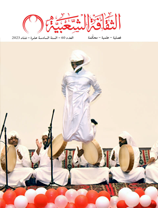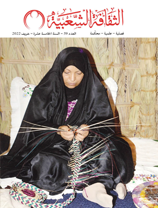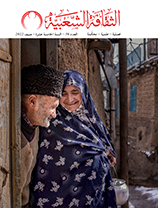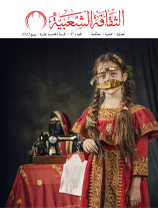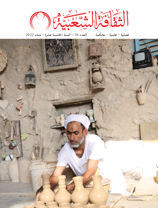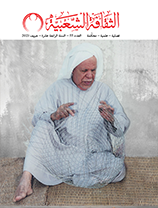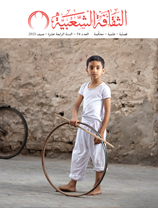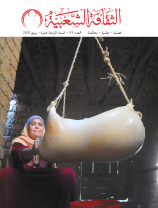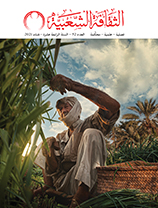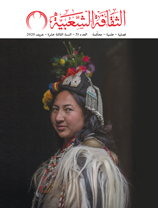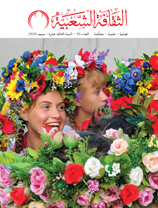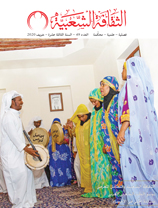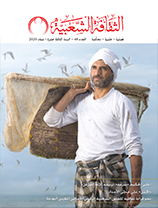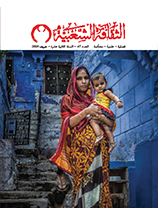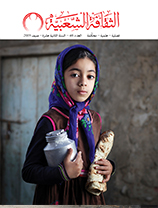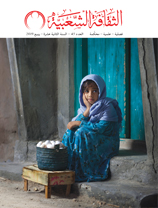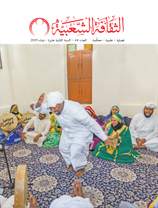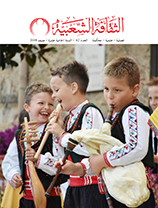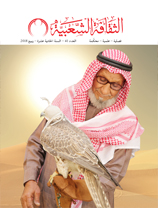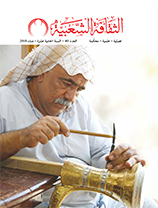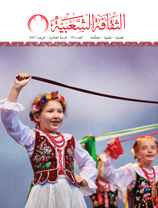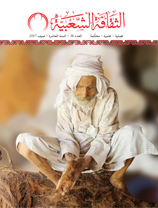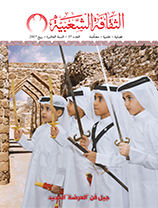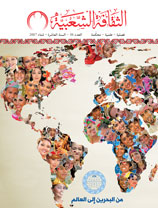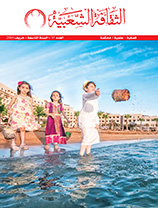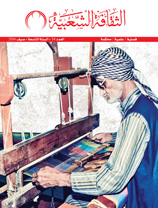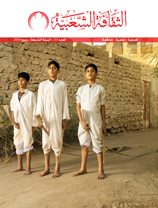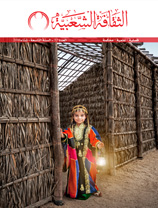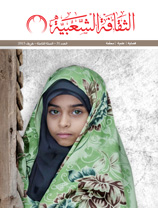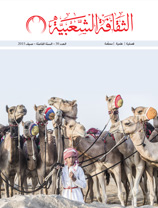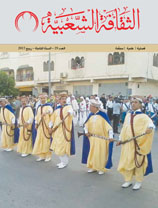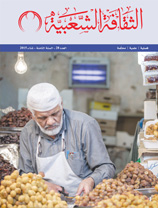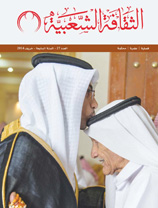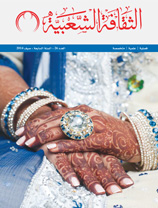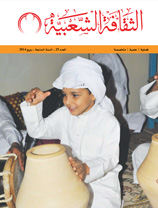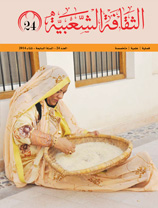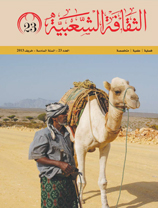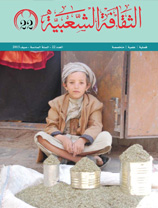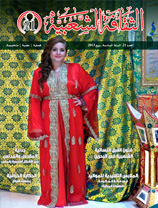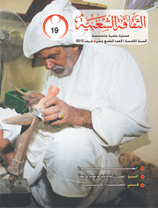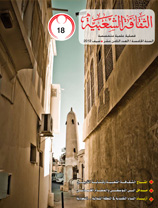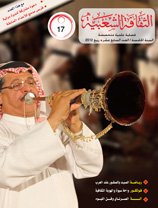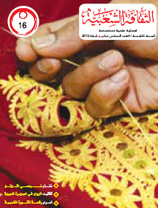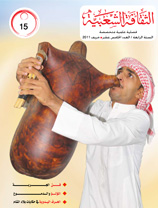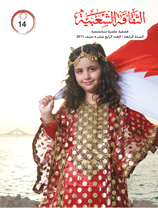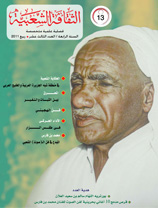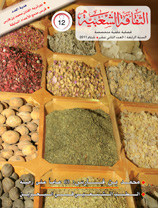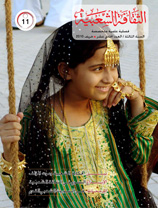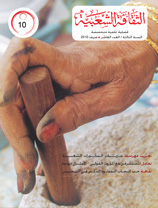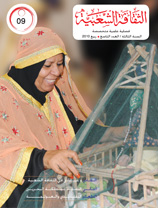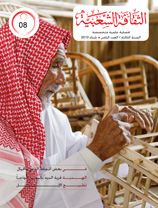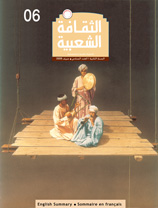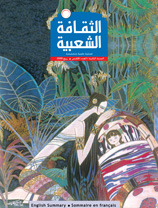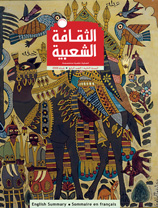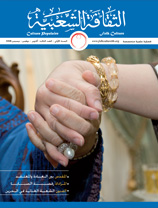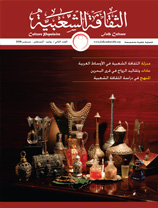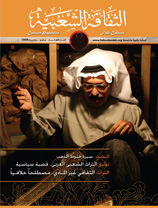Traditional clothing in Qalyubiyya governorate
Issue 63
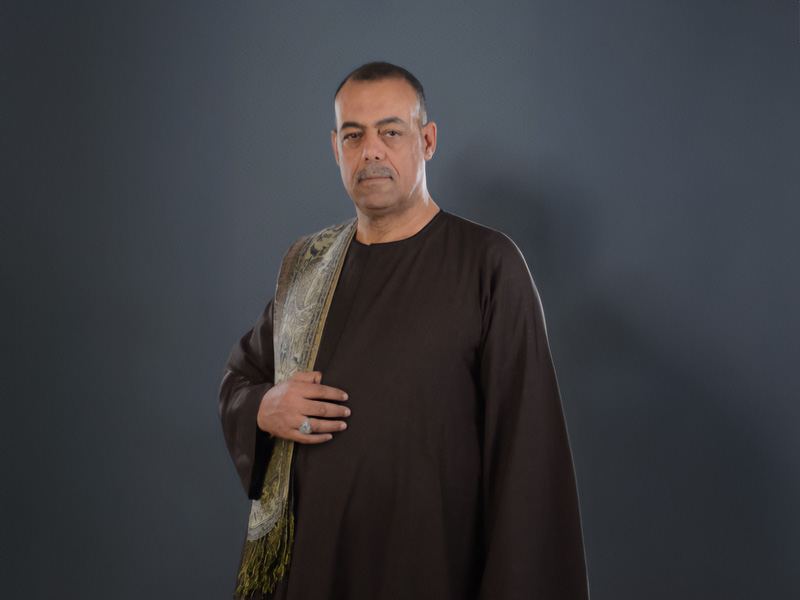
Ula Al-Tukhi, a scholar from Egypt
Art and civilised behaviour emerged in response to the needs of prehistoric humans, who expended their full creative and intellectual potential on aesthetics. Beliefs seeped into every aspect of prehistoric humans' work and into their dwellings, eventually becoming a means by which they could protect themselves from harm or gain some sort of advantage.
This study focuses on one of the most historically significant rural villages. Ancient civilisations can be found in every corner of this governorate, and the residents of its villages and neighbourhoods have carefully preserved a wide variety of traditional garments passed down through the generations. These clothes reflect wishes, symbols, and hidden meanings.
Qalyubiyya governorate is known for some of the most well-known women’s clothing in all of Lower Egypt due to its location and historical heritage. These garments have maintained a unique popular character that reflects features of the old Pharaonic civilisation as well as the various succeeding civilisations that have passed through the region. That is why I chose to concentrate on the patterns preferred by people in this province.
Dresses with decorative cuts are typically made with intricately patterned fabric, and sleeves are made wider with the addition of a few pleats. Like the neat rows of plants in a field, the occasional pleats above the ruffle add length to a dress that would otherwise be too short.
Clothing conveys an influential message that varies between the desire to belong and the desire to stand out, and traditional clothing is a living record of people's experiences of customs, traditions, and values in a particular time and place closely related to the prevailing way of life on a grand scale.
Clothing is a visible affirmation of identity, and although American style has had an impact on fashion in many regions throughout the world today, many people still retain their originality with clothing styles that are derived from their past. The phrase ‘traditional clothing’ is used to describe the clothes worn by a certain cultural group in the nation in question.
I conclude that traditional clothing is a legacy of garments from previous eras, as it retains the overall look while varying in folk taste based on beliefs related to how to make use of raw materials and the distribution of those materials. It is important to learn about the past before taking any fashion cues from it, and this includes learning about traditional attire.





